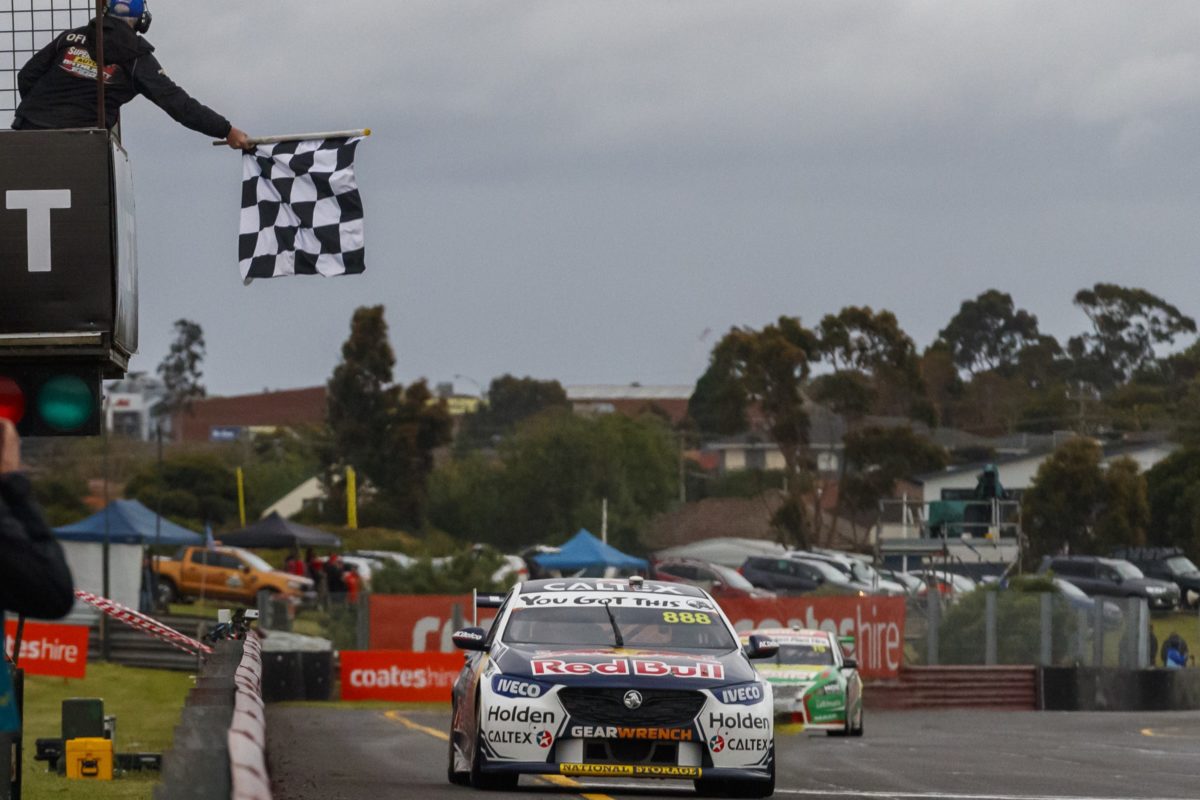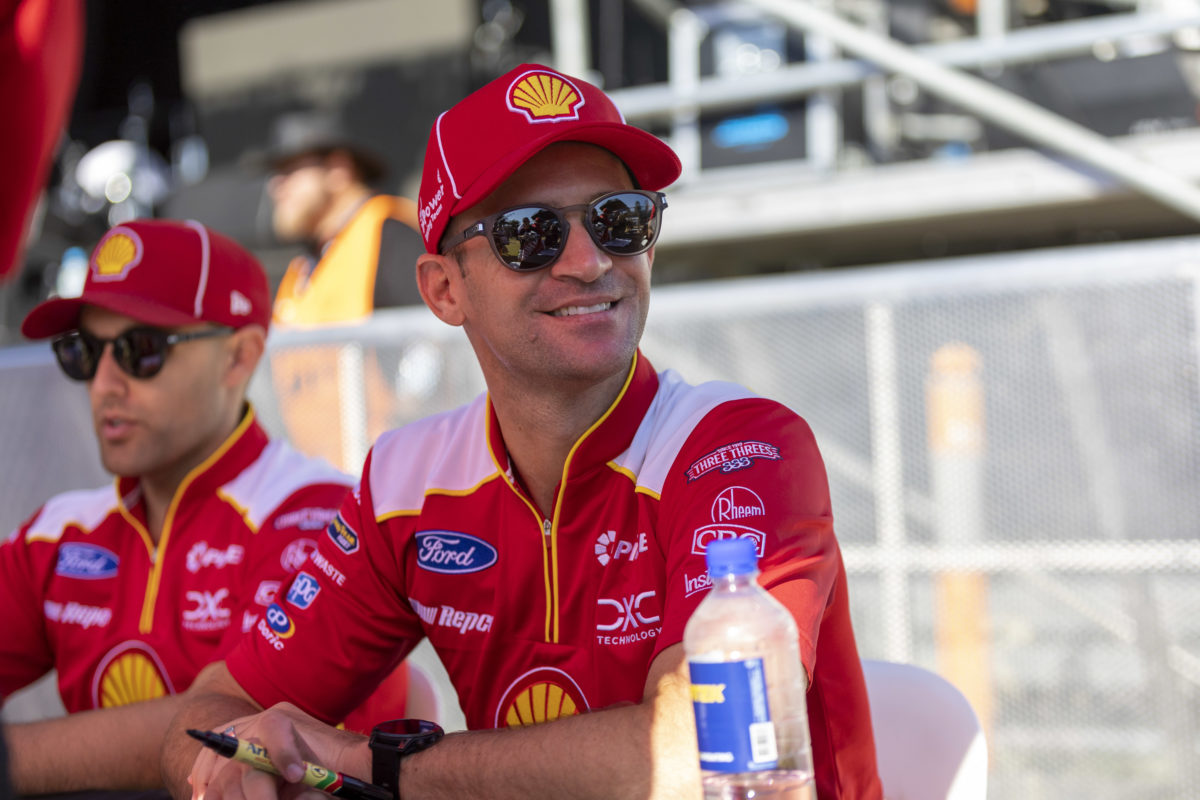

Red Bull Ampol Racing’s Jamie Whincup is excited by the return to “raw motorsport” with teams given virtually complete strategic freedom for this year’s Penrite Oil Sandown 500.
Compulsory pit stops have been abolished for this year’s enduros, save for a brake pad change during the Bathurst 1000, a decision which has proved popular with Speedcafe readers based on this week’s Pirtek Poll results.
It has also been met kindly by Whincup, the Team Principal at Triple Eight Race Engineering but also Broc Feeney’s co-driver in the #88 Chevrolet Camaro.
“We’ve finally gotten to a place where both engines have similar fuel economy, so there’s no need for CPSs any more for long endurance races like these,” the five-time Sandown 500 winner told Speedcafe.
“CPSs are great if you don’t have to stop for fuel. If you don’t have to stop for fuel – in a sprint race – and you can get through, it’s great to add a pit stop element.
“But, for races like these where you have to pit, I think it’s fantastic, just to go back to raw motorsport; do whatever you want, whenever you want.
“It’s just quickest to the finish line, so it’s a good thing.”
Compulsory pit stops were introduced to the enduros in 2013 in order to make up for a disparity in fuel consumption between the Fords and Holdens (Chevrolet engines) of the day versus the Mercedes and Nissans which were introduced with Car of the Future.
Economy was a question mark in Gen3 given the Fords are now powered by a 5.4-litre quad cam engine and the Chevrolets by a 5.7-litre pushrod but, according to one team owner (not Whincup), the difference is supposed to be only about half a percent.
The next question is fuel range, with 54 laps being necessary to make a two-stopper feasible, although tyres are tipped by many to be the real governing factor, in part because super soft is the allocated compound this weekend.
“I think you can do two stops on fuel; none of us know really know how many stops you need to do on tyres,” said Whincup.
“But, there might be some good drivers out there that get 50 laps out of a set of tyres and just do a two-stopper.
“I think we might see two-stoppers, we might see three-stoppers, we might see four-stoppers.
“There’ll be opportunistic people that will just take every Safety Car; they could have five or six stops.
“So, it’s good, it opens it up; nobody’s standing here now knowing how many stops is going to win the race.”

With the Sandown 500 having not been on the calendar for four years, and this year’s being the first enduro of the Gen3 era, there will be even more unknowns on top of strategy, noted Shell V-Power Racing Team driver Will Davison.
“There are certainly unique challenges at this circuit,” he said.
“I do definitely enjoy the challenge of clearing the kerbs here and trying to find a set-up that’s good down the straights, good over the kerbs, and good in the tight, twisty sections. It’s a real compromise and a big challenge for us all.
“Over 500km, reliability is going to be put to the test.
“Certainly, trying to keep the car clean is always a challenge here, with generally lots of Safety Cars and restarts and a lot of nose-to-tail, so we’ve got to be very mindful of that.
“Strategically, different fuel windows, different tyre degradation, heaps of different considerations for the teams.
“So, I’m excited for that open book going into Sunday where anything’s possible.”
The 54-lap figure is not only the magic number to make a two-stopper work (in theory), but also the minimum distance for each driver, and hence co-drivers could conceivably complete their work in a single stint if a fuel load stretches so far.
However, Whincup’s counterpart in Shane van Gisbergen’s #97 Camaro, Richie Stanaway, is not expecting that to be the case in reality.
“I don’t think it’s something we’re likely to be doing, but it is an option we’ll look at,” he told Speedcafe.
Practice 1 starts today at 10:45 local time/AEST.




















Discussion about this post